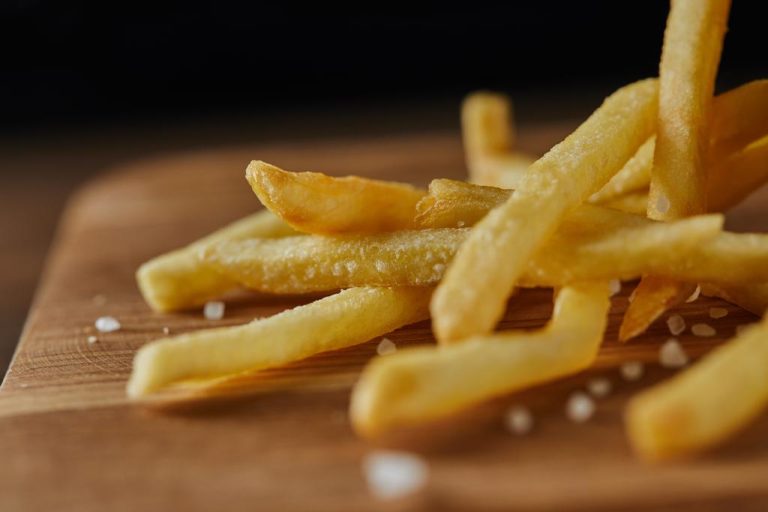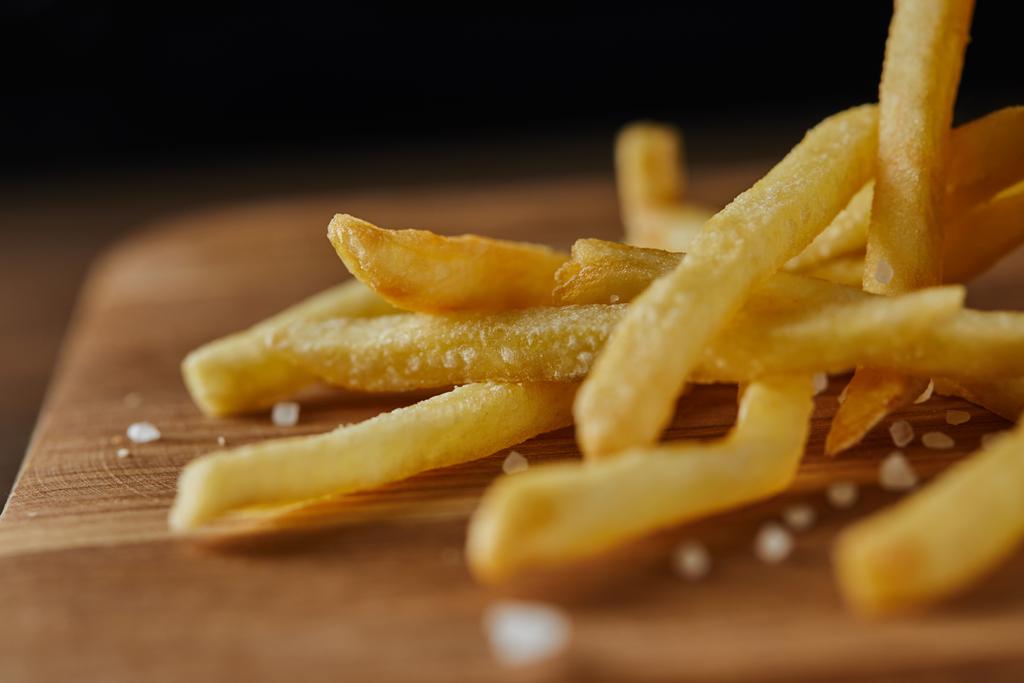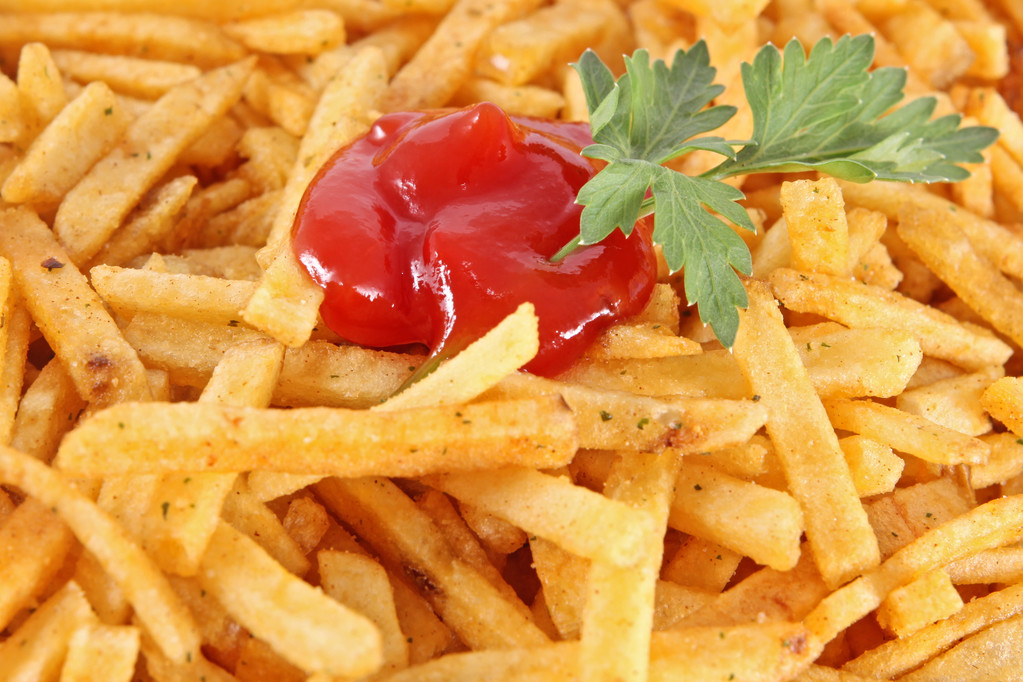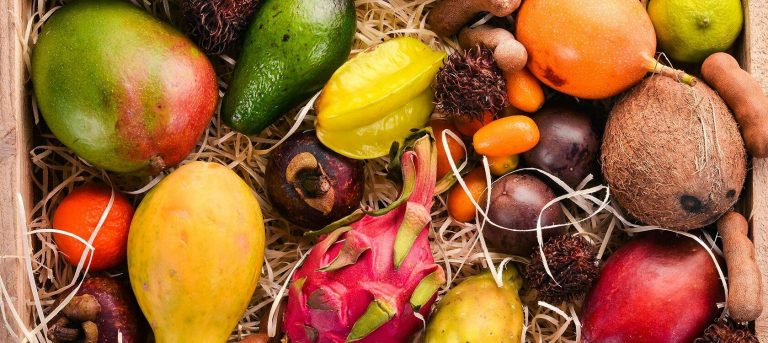Guarana is many times stronger than coffee. Here we explain how the liana plant is cultivated and what is problematic about it from an ecological point of view.
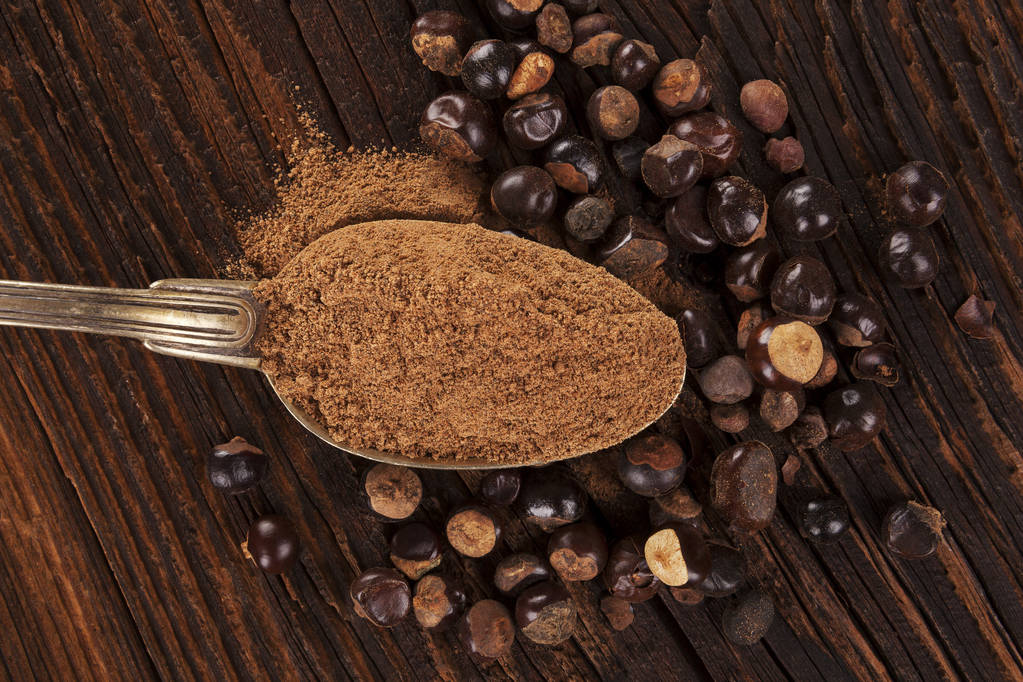
Guarana: A liana-like plant from the rainforest
Growth form: Although the guarana plant is one of the soap tree plants, its growth form is actually not a tree. Guarana is one of the lianas and is more like a shrub, but it can grow up to fifteen meters high.
Development: When the plant is young, guarana has brown, hairy, woody branches. Over time, these become softer and bare, so that they are more and more reminiscent of lianas. The plant has large, oblong to oval leaves that can grow up to 35 cm long. It also has deep red flowers that gradually lighten. At the end remains a capsule-like fruit, three centimeters in diameter, containing small black seeds. When ripe, it opens up and resembles the shape of an eye.
Area: The exotic fruit loves tropical and subtropical climates and is native to the Amazon rainforest. There it grows wild among the diverse other jungle plants. The harvest workers cover five to ten kilometers a day on beaten paths.
Harvest: The harvested fruits are stored in sacks for four to six days. During this time, the shell separates from the seeds and the caffeine content increases to four percent. The seeds are then crushed, sorted by hand, washed and completely separated from the shells. The latter are still used as natural fertilizer.
Then it’s time to wait again: the kernels are dried in the sun until they only contain seven percent moisture. This can take a few hours to days. When they have dried sufficiently, they are freed from dust and dirt using a kind of wind tunnel and then ground into powder.
The main active ingredients in Guarana
The most important ingredient in guarana is caffeine: the caffeine content of guarana powder is between 0.9 and 7.6 percent – and thus significantly higher than the caffeine content of coffee, which only manages 1.2 to 1.3 percent. In addition, caffeine in guarana is much better tolerated by the human body than that in coffee.
These active ingredients make Guarana so effective:
Caffeine: The caffeine in guarana takes about 45 minutes to kick in, but it takes time to reach its full potential, which is why the effects can last up to six hours. This is due to the tannins to which the caffeine in guarana is bound and which have to be broken down little by little.
Tannins: These tannins also kill bacteria and cause the gastrointestinal tract to contract. This has also led to the use of guarana as a diarrhea remedy.
Saponins: The saponins – or soap substances – contained in guarana also have a draining effect, stimulate the kidneys and support the gastrointestinal system. Because of the saponins, guarana also has an antibacterial effect and is used against salmonella and choli bacteria.
Theophylline and theobromine: The theophylline and theobromine contained in guarana also stimulate kidney function, support heart activity and have a stimulating and stimulating effect.
effects of guarana
Specifically, caffeine and thus guarana has the following effects:
It provides energy, wakes you up and increases performance.
Caffeine stimulates kidney activity.
Caffeine stimulates the digestive organs, lungs and liver.
It also improves heart activity by expanding blood vessels.
And brain activity is also increased.
Like all products containing caffeine, guarana can also cause heart palpitations, high blood pressure, nervousness, sleep disorders or tremors. In rarer cases, guarana also harbors an allergy potential or can lead to abdominal pain.
Some Guarana is also praised as a “slimming agent” because it suppresses the feeling of hunger for a while. However, its effect as a diet agent is very controversial.
Other studies have also proven the blood-thinning effect of guarana, which makes it possible to use it as a remedy for thrombosis.
Because of all these effects, guarana is also often used as a remedy for hangovers. In this country it is usually available as a powder or in ready-mixed drinks. Guarana capsules, muesli bars with guarana or guarana chewing gum are also available for purchase.
How to use guarana
How to prepare the energy drink yourself:
Stir 1 teaspoon of powder into 250ml of hot water. Let the drink steep for a moment.
Caution: If you consume more than three to four grams of guarana a day, this can lead to tachycardia or high blood pressure. To be on the safe side, you should also always read the information on the packaging – because the caffeine content of guarana, as I said, varies greatly. Pregnant women and people suffering from high blood pressure should not take Guarana.

Guarana from an ecological point of view
Like many products from warmer climates, guarana has to travel long distances before it reaches German supermarkets. In contrast to coffee, however, guarana is not cultivated in monocultural plantations, but extracted from its natural environment.
If you don’t want to do without guarana, you should consume it in moderation and pay attention to the organic and fair trade seal when buying it. Such excellent products were grown under fair social and ecological conditions.


